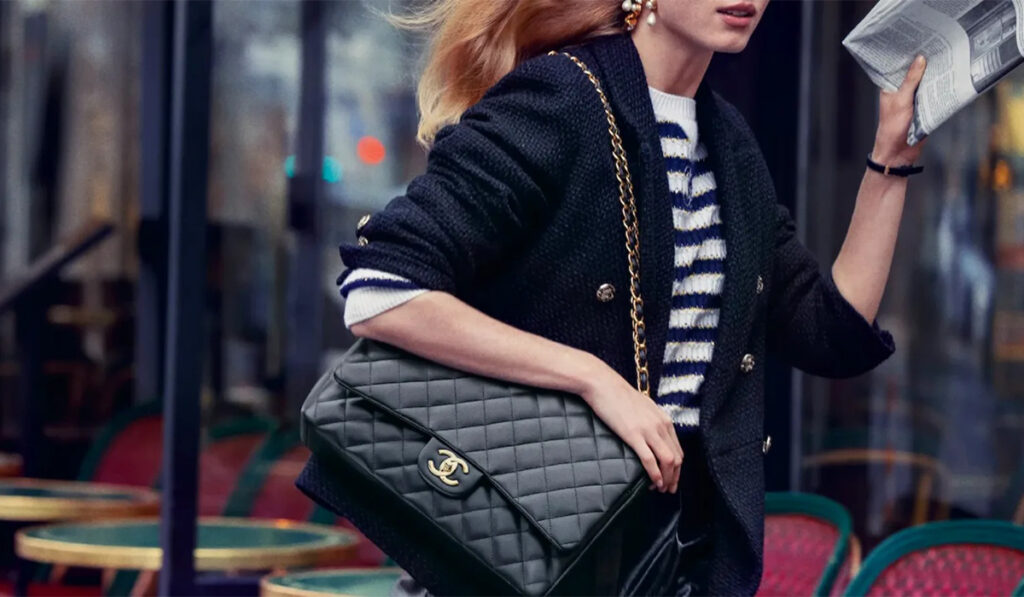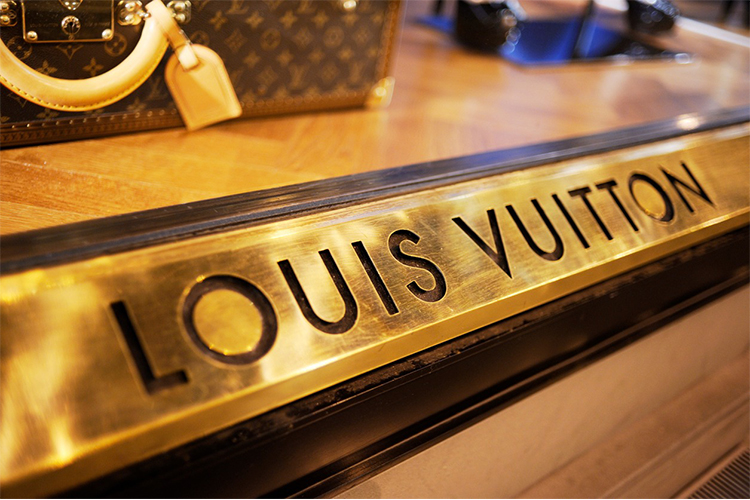
Compare designer products with duplicates
When it comes to designer products, there’s no denying that they often come at a higher price point than their cheaper counterparts, also known as “dupes”. While some consumers may be willing to forego luxury items, others may opt for the more affordable options. So which is better: designer products or duplicates? Let’s take a closer look at the pros and cons of each.

Designer products:
Designer products are usually made with quality materials and craftsmanship. This means they often last longer and retain their appearance better than duplicates. In addition, a certain level of prestige is often associated with designer brands, which means that owning such a brand can act as a status symbol. Designer products are often more unique and exclusive, with limited editions and collaborations being very popular.
The downside is that designer products can come at a high price. While the high cost is worth it for some consumers, others may find it difficult to justify the cost. In addition, it can be difficult to get designer products due to limited availability and long waiting lists for certain items.
Duplicates:
Dupes are products made to resemble designer items but at a much lower price. They are often made from cheaper materials and may not have the same level of quality as designer products. However, dupes can be a great option for consumers who want the look of a designer item without the high price tag. Duplicates are also more widely available, and many retailers offer affordable alternatives to popular designer products.
One of the main disadvantages of duplicates is that they may not last as long as designer products. Cheaper materials may wear out faster and the quality of construction may not be as high. Additionally, duplicates may lack the same exclusivity as designer items and may not hold the same status symbol for some consumers.
Sustainability:
Sustainability is becoming an increasingly important aspect for many consumers. Designer products are often made from higher quality materials and may be more durable, which can reduce the need for frequent replacement and ultimately be more sustainable. However, the high cost of designer products can make them less accessible to a wider range of consumers. Dupes, on the other hand, may be made from cheaper and less sustainable materials, but their affordability can make them more accessible and reduce the environmental impact of mass consumption.

Ethics:
Another consideration is the ethics of the brands behind the products. Some designer brands have been criticized for unethical labor practices or the use of animal products in their designs. Scammers may not have the same level of transparency in their supply chain, but some retailers offer eco-friendly and ethical alternatives to popular designer items.
Functionality:
Functionality is also an important factor to consider. Designer products can be designed with both form and function in mind, while scammers may prioritize aesthetics over practicality. For example, a designer handbag may have more compartments and organizational features than a copy that merely mimics its appearance. However, for some consumers, aesthetic appeal may be the most important factor and they may be willing to sacrifice functionality for a lower price.
Brand identity:
For some consumers, the brand identity of the product is an important consideration. Designer brands often have a strong brand identity that reflects the values and aesthetics of the brand. Consumers may be attracted to the brand identity and see buying a designer product as a way to align with the brand’s values and image. Scammers may mimic the appearance of designer products but don’t share the same brand identity.

resale value:
Designer products often have a higher resale value than duplicates. This is because they are made from quality materials and are often in limited supply, which can increase their value in the resale market. Duplicates, on the other hand, can because of their lower qualityand greater availability have a lower resale value.
Trend:
The trend is another important factor to consider. Designer brands often set trends and are at the forefront of fashion, while scammers simply mimic the current trend. Staying on trend and having the latest fashion items is important for some consumers, while others prefer timeless and classic designs that never go out of style.
Inclusivity:
Finally, inclusivity is an important consideration. Designer brands have historically been exclusive and often aimed at a limited audience. This has drawn criticism from consumers who feel left out of the brand. Scammers, on the other hand, are often broader and more accessible to a wider range of consumers. This can make them a more attractive option for consumers who value inclusivity and diversity.
In summary, the choice between designer products and knockoffs involves a number of factors including quality, price, sustainability, ethics, functionality, brand identity, resale value, trend following and inclusivity. By considering these factors, consumers can make an informed decision that suits their needs and values. Ultimately, the decision between designer products and duplicates is a personal choice based on individual preferences and priorities.
